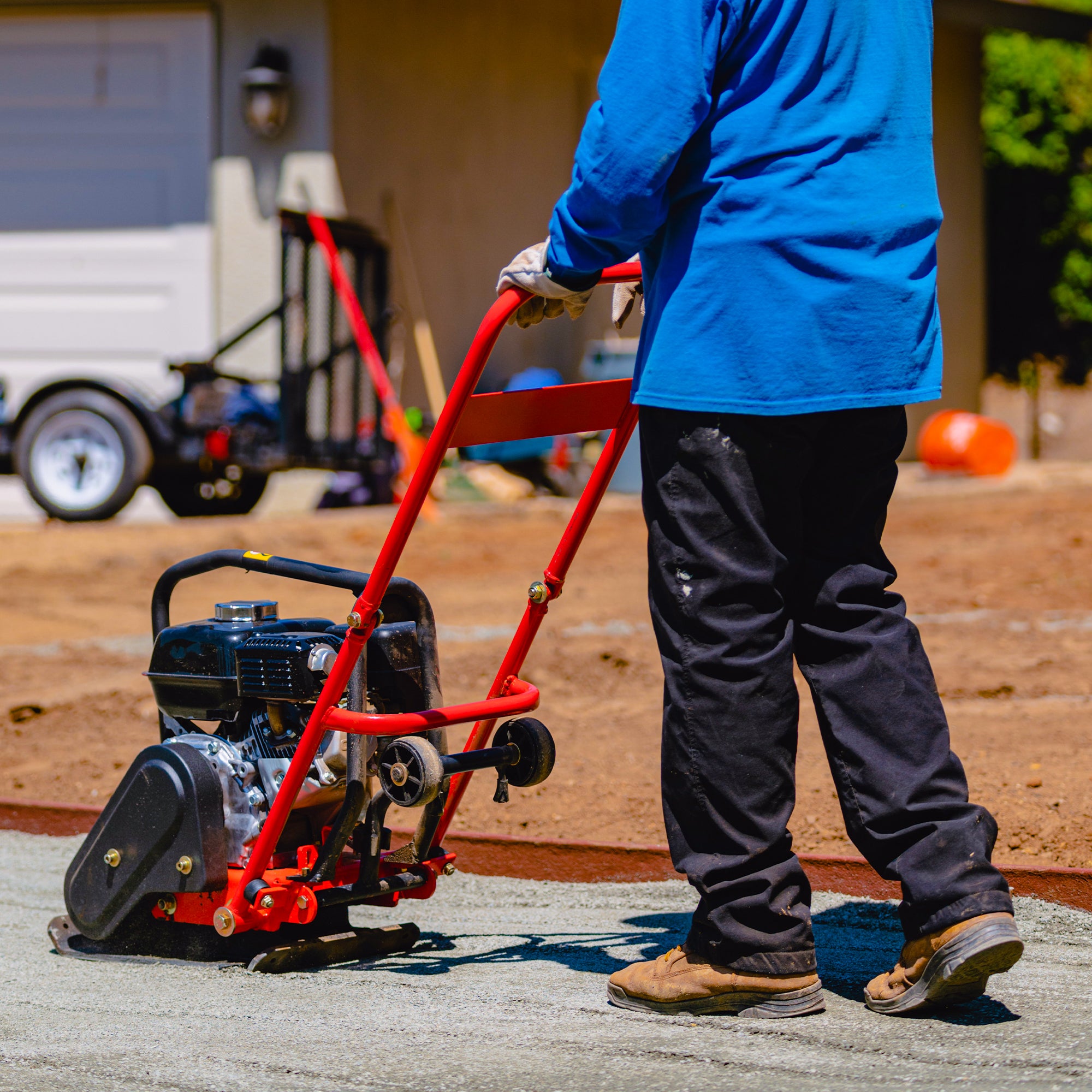In the realm of construction and civil engineering, versatility is a prized quality in any piece of equipment. As projects span from residential driveways to massive foundation works, having tools that can adapt to varying needs is essential. Plate compactors, also known as vibratory plate compactors, have emerged as a versatile workhorse that proves its worth across a wide spectrum of construction applications. This blog explores the remarkable adaptability of plate compactors and their role in creating solid foundations and surfaces.
1. The Anatomy of Plate Compactors
Before delving into their versatility, let's understand the basic design and functionality of plate compactors. A plate compactor consists of a heavy steel plate that vibrates at high frequencies when in operation. This vibration generates downward force, allowing the compactor to efficiently compact soil, gravel, asphalt, and other materials. The compactors' effectiveness is grounded in their ability to exert powerful compaction through vibration, minimizing air voids and enhancing material density.
2. Foundations Made Strong
Solid foundations are the backbone of any construction project. Whether you're erecting a residential structure or a commercial building, the stability and load-bearing capacity of the foundation are paramount. Plate compactors play a pivotal role in creating these robust foundations. By compacting the soil beneath the foundation, they ensure uniform density and prevent settling, which can lead to structural issues over time.
3. Driveways and Pathways
Residential and commercial driveways, as well as walkways and pathways, demand durable and well-compacted surfaces. Plate compactors are adept at preparing and compacting the base materials for these surfaces, ensuring they can withstand the weight of vehicles and foot traffic without shifting or deteriorating. Proper compaction minimizes the risk of surface cracks and erosion, extending the lifespan of these essential elements.
4. Road Construction and Repair
For road construction and repair projects, plate compactors are indispensable tools. They are used to compact granular materials that form the base of roadways and pavements. The efficient compaction provided by plate compactors ensures that the roadbed is stable and capable of supporting the additional layers of asphalt or concrete that follow. In road repair scenarios, plate compactors can be used to compact patches and achieve a smooth transition between new and existing pavement.
5. Trenches and Excavations
In projects involving utility installations, trenches and excavations must be carefully prepared and compacted to prevent shifting and instability. Plate compactors are invaluable in these scenarios, where their maneuverability and compacting prowess allow for precise compaction around utility installations. Proper compaction ensures that utilities remain secure and functional.
6. Landscaping and Hardscaping
Landscaping and hardscaping projects rely on solid foundations for both aesthetic appeal and longevity. Whether it's a retaining wall, patio, or outdoor seating area, proper compaction is vital to prevent settling and shifting over time. Plate compactors can be used to compact the soil beneath these features, ensuring their stability and durability.
7. Versatile in Confined Spaces
Plate compactors' compact design makes them well-suited for working in confined spaces. Whether it's a tight construction site or a narrow alley, plate compactors can navigate these spaces with ease, delivering efficient compaction where larger equipment might struggle.
From foundations to driveways, roadways to landscaping projects, plate compactors have showcased their remarkable versatility in the world of construction. Their ability to efficiently and uniformly compact various materials makes them an indispensable tool for achieving stable and long-lasting surfaces and structures. As construction practices continue to evolve, plate compactors stand as a testament to the power of versatile equipment that adapts to the diverse needs of projects large and small.










